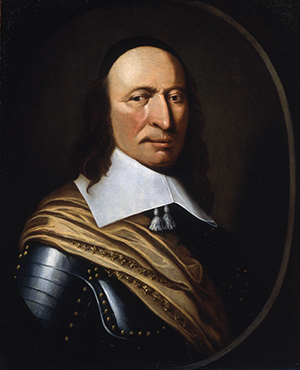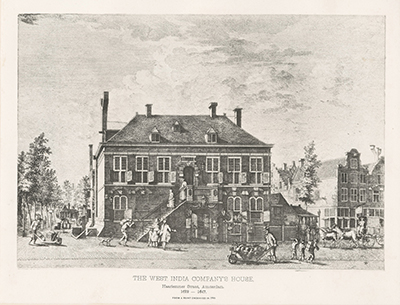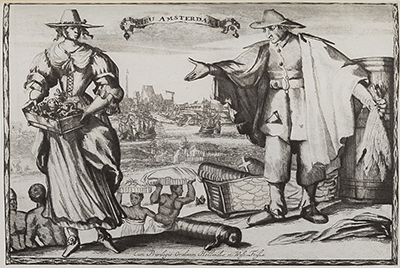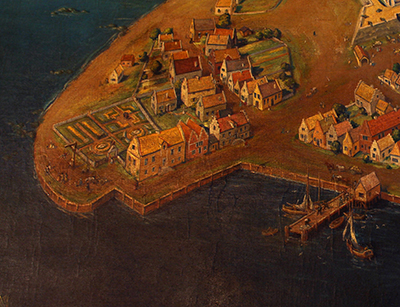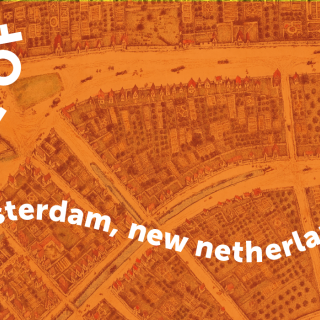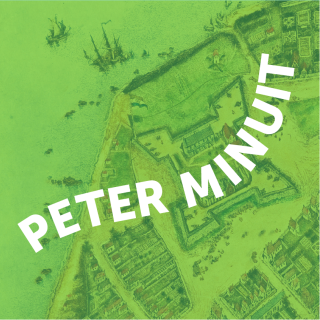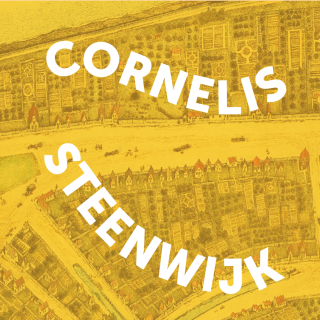Petrus Stuyvesant
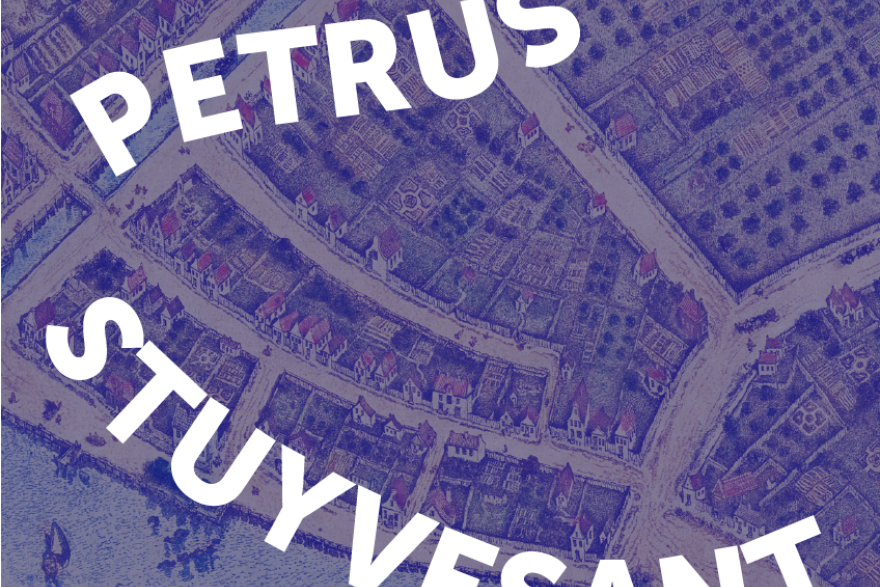
Petrus Stuyvesant is best known as New Netherland's longest, most influential, and last Dutch governor, having served until the English overthrew the colony’s Dutch administration and renamed it New York in 1664. Stuyvesant helped make New Amsterdam more orderly and economically successful than it had ever been. He also oversaw major efforts to expand the colony’s role in the Atlantic trade in enslaved Africans. At times, he had to compromise with the colony’s leading residents and give in to the demands of the region’s Indigenous inhabitants, shaping the events of the expansion of European colonialism in the region.
Petrus Stuyvesant (c.1612-1672) was born in Friesland, one of the northernmost provinces in the Netherlands, to a middle-class family. Unlike other individuals who relied on wealth and family ties to gain social and economic advantages, his career advancement was based on earned respect and talent as an imperial administrator. Stuyvesant joined the West India Company (WIC) in 1632 or 1633. He began his WIC career on the Island of Fernando de Noronha, just off Brazil, but he left for Curaçao, a Caribbean Island where the Dutch had established a colonial settlement in 1639. The WIC soon promoted him to the role of Director there. It was during his time on Curaçao that he gained one of his most defining physical features, a wooden leg, when a Spanish cannonball crushed his leg as he led an attack on the island St. Martin.
After recovering back home in the Netherlands, Stuyvesant received a new assignment, Director General of New Amsterdam. He and his wife, Judith Bayard, arrived in August 1647 to see Fort Amsterdam and many of the colony’s buildings in disrepair in the aftermath of fighting with the Lenape during “Kieft’s War." Stuyvesant did his best to repair and reform the colony. For example, he tried to re-order the town’s untidy, and poorly-built roads and attempted to stop pigs from rooting around the base of buildings (especially Fort Amsterdam). Stuyvesant also discouraged residents from dumping their trash and waste into the streets and tried to fire-proof the town’s wooden buildings. He also instituted a weekly produce market, set the weight and size of bread, and attempted to fix the value of wampum - Native-made woven shell beads.
Stuyvesant was also really ambitious and instrumental in turning New Amsterdam into a major port for the Atlantic trade in enslaved Africans. They were taken from their homelands and brought to New Netherland as early as 1624. By the late 1650s, Stuyvesant worked with the West India Company to dramatically increase the number of enslaved peoples imported to New Amsterdam each year. They believed enslaved laborers would inspire New Amsterdam residents to settle into and grow the colony by creating large-scale agriculture businesses and continuing to build the colony’s infrastructure. In 1655, a WIC ship called het Witte Paert (the White Horse) anchored in the East River with almost 300 enslaved Africans for local buyers. By the mid-1660s some 700 enslaved Africans lived in New Netherland. Roughly three hundred enslaved Africans lived in New Amsterdam itself, making up almost 20% of the local population. At the time there were approximately 75 free Black residents of the colony.
Even as Stuyvesant tried to reform the growing colony by improving its economy or fixing its roads, he always had to contend with colonists who often had their own ideas about how to create rich and fulfilling lives for themselves far away from home. Many of those wealthier residents, like Cornelis Steenwijk, and other merchants, held political aspirations too, so Stuyvesant had to find ways to work with colonists who increasingly demanded more opportunities to participate in the colonial government. Stuyvesant also struggled in his efforts to maintain an advantage over the region’s Lenape inhabitants. In early October 1655, for example, some of the Lenape groups captured a Long Islander named Pieter Schoorsteenveger along with five other colonists. A man named Steven Necker appeared before Stuyvesant and his council on behalf of the Hackensack leaders Pennekeck and Oratam to speak their demands in exchange for the colonial captives. Although they tried to hold out, Stuyvesant and members of the municipal government gave in to the demands of the Hackensack leaders.
Stuyvesant’s tenure as director came to an abrupt end when an English fleet, led by Richard Nicolls, arrived on August 18, 1664, to overthrow Dutch leadership of the colony and take possession for the English crown. Stuyvesant was given a letter that promised the Dutch continued trading and immigration privileges with their homeland if they surrendered. In his resistance, he tore up the letter, but as news about it spread around town, a crowd of townspeople gathered in the middle of town and forced Stuyvesant to put the letter back together and read it out loud. On August 27, representatives of the English and Dutch met at Stuyvesant’s farm and negotiated the conditions of surrender to English rule, turning Fort Amsterdam into Fort James and New Amsterdam into New York. Stuyvesant returned briefly to the Netherlands to explain to the WIC how he had lost their colony, then traveled back to New York where he and his family lived until his death in February 1672.
Stuyvesant’s life shows us how influential the actions of individual people could be in the Dutch Atlantic. For example, the rise of African Slavery in New Netherland was never inevitable. Instead, it was the product of decisions that colonial administrators like Stuyvesant made—as well as his compromising with wealthy New Netherlanders who wanted more power in local government—to forcibly transport enslaved peoples across the ocean in order to realize their aspirations for successful colonies. Finally, Stuyvesant’s compromises with wealthy New Netherlanders who wanted more power in local government as well as his interactions with Indigenous peoples shows the extent to which the region’s Native inhabitants and colonists shaped what European governors could and could not do in North America.
